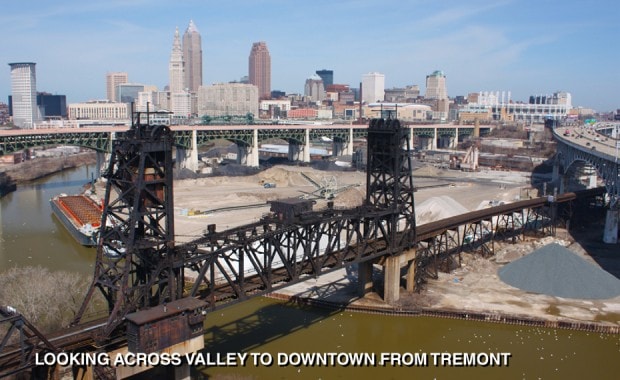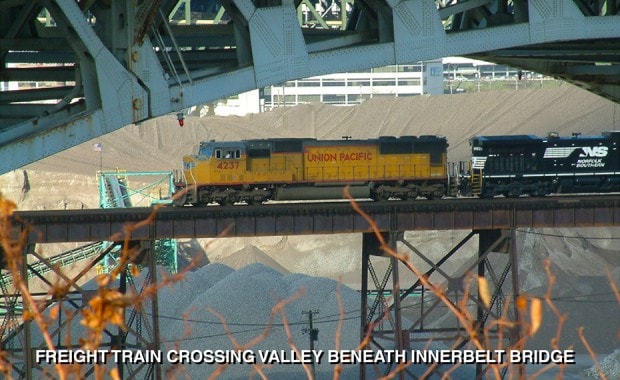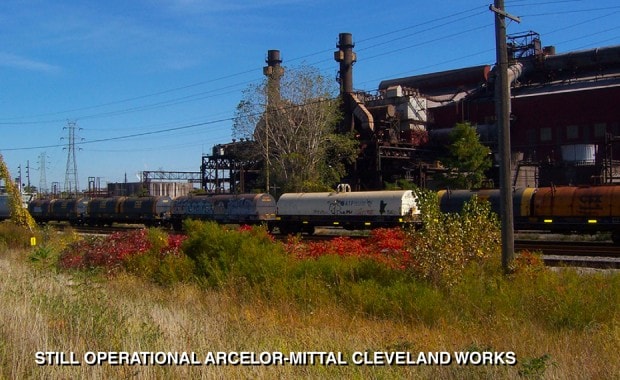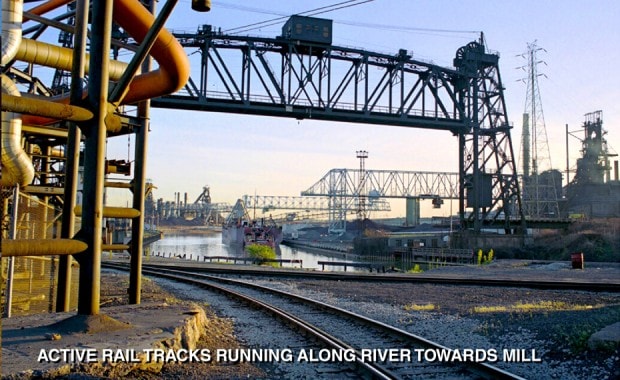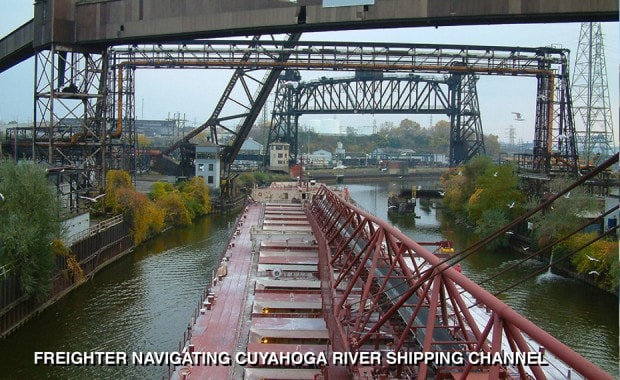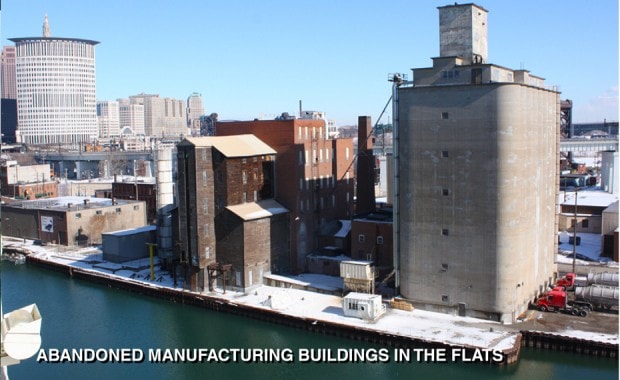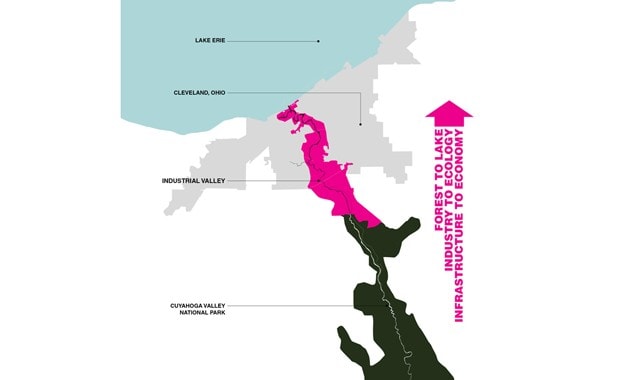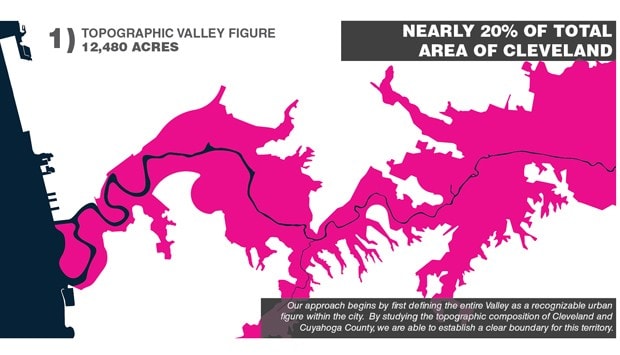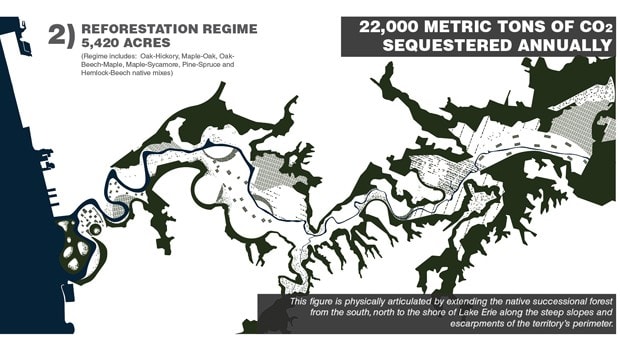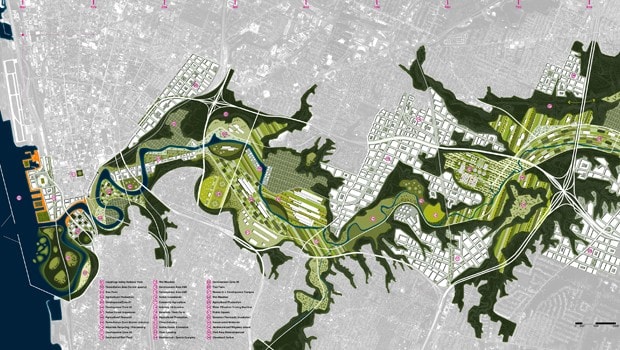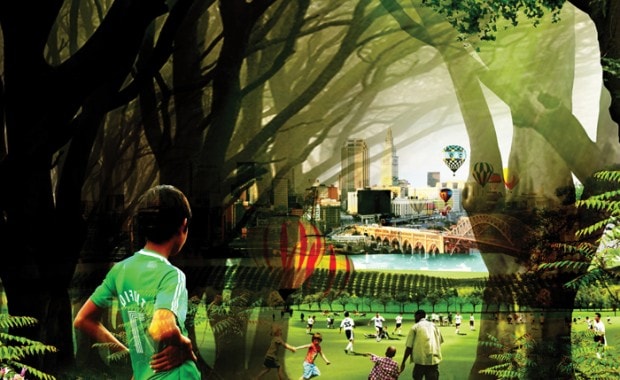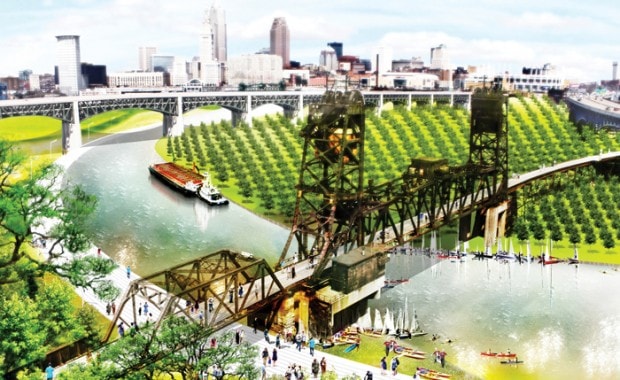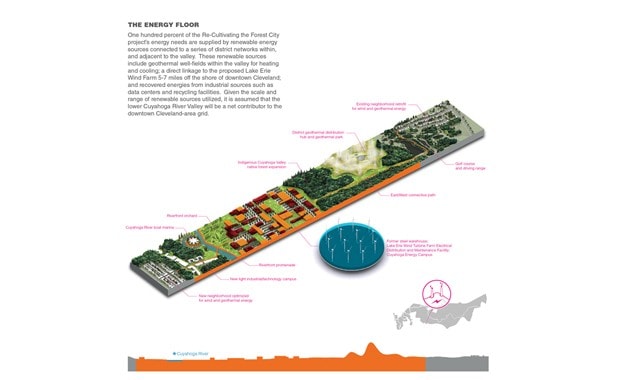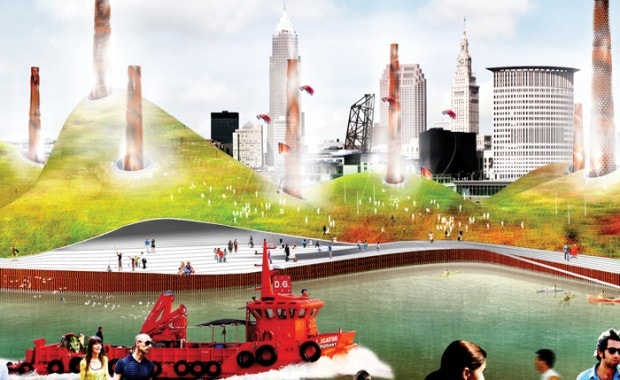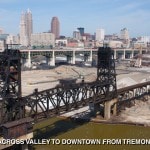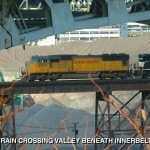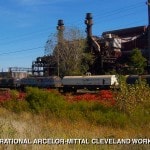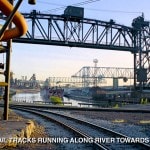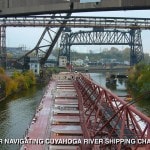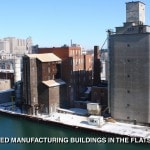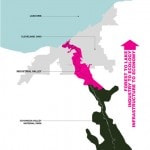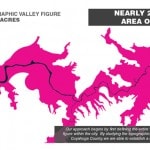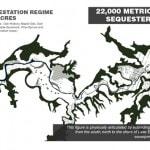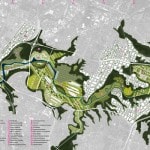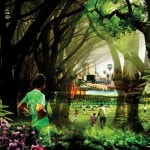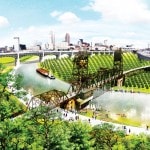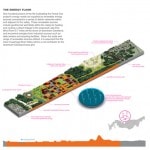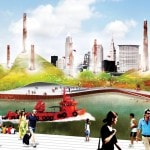Project: Re-Cultivating the Forest City
Location: Cleveland, OH
Firm: PORT Architecture + Urbanism
Firm website: porturbanism.com
Project Description: At its economic and political height during the mid-20th century, the city of Cleveland proper had a population of nearly 1 million people. The city was building and investing in infrastructural and civic projects for a projected growth that would double the city’s population before the turn of the century. Instead, the industrial economy quickly evaporated and the population declined by more than half its 1950s high (est. 430,000 in 2009), leaving a vast swath of post-industrial land at the geographic center of the city.
This vacant territory is directly tied to Cleveland’s two most significant natural features – its Lake (Erie) and its River (Cuyahoga). The well-known environmental degradation of these two water bodies was the direct result of the now lost industrial vitality of the City and Region. And while both of these water bodies are notorious for significant environmental issues in their recent history, both have stabilized and by most accounts have significantly improved from an ecological and environmental perspective. However, in an ironic twist of fate, the improvement in the ecological health of the Lake and River has occurred just as the City’s economic and social health has commensurately deteriorated. Our project proposes to correct this relationship, by advancing the City’s economy through the active enhancement of its ecology and its urban infrastructure by modifying and managing the lower Cuyahoga River Valley.
The industrial valley’s position at the center of the municipal territory, rather than at its periphery, is a distinguishing characteristic that allows any transformation of the area to have a direct reciprocal impact on the core of the city. Additionally, what makes this territory fertile ground for intervention is that just south of the burnt-out landscape of the lower valley lays the equally spectacular, lush, green canopy of the Cuyahoga Valley National Park which is home to the deep forests, rolling hills, and open farmlands that comprise the upland areas of the Cuyahoga River, as well as other landscapes of cultural and historic significance such as the Ohio-Erie Canal.
Re-Cultivating the Forest City looks to reclaim and re-imagine the entirety of the 8,200-acre lower Cuyahoga River Valley, from the terminus of the National Park at the territory’s southern edge, north to the river’s mouth near downtown Cleveland at the shores of Lake Erie. Our approach utilizes a strategy of productive re-colonization, combining economic, ecological and social initiatives to transform the lower Cuyahoga River Valley into a new River Landscape Infrastructure that enhances and expands the ecological value of the river corridor, while simultaneously serving to reorient the economy and urban form of the City of Cleveland.
Project Team Members: Christopher Marcinkoski, Andrew Moddrell, Kyle Reynolds, Richie Gelles, Bradford Goetz, Maren Allen and Jeff Mikolajewski
| previous project | next project |
